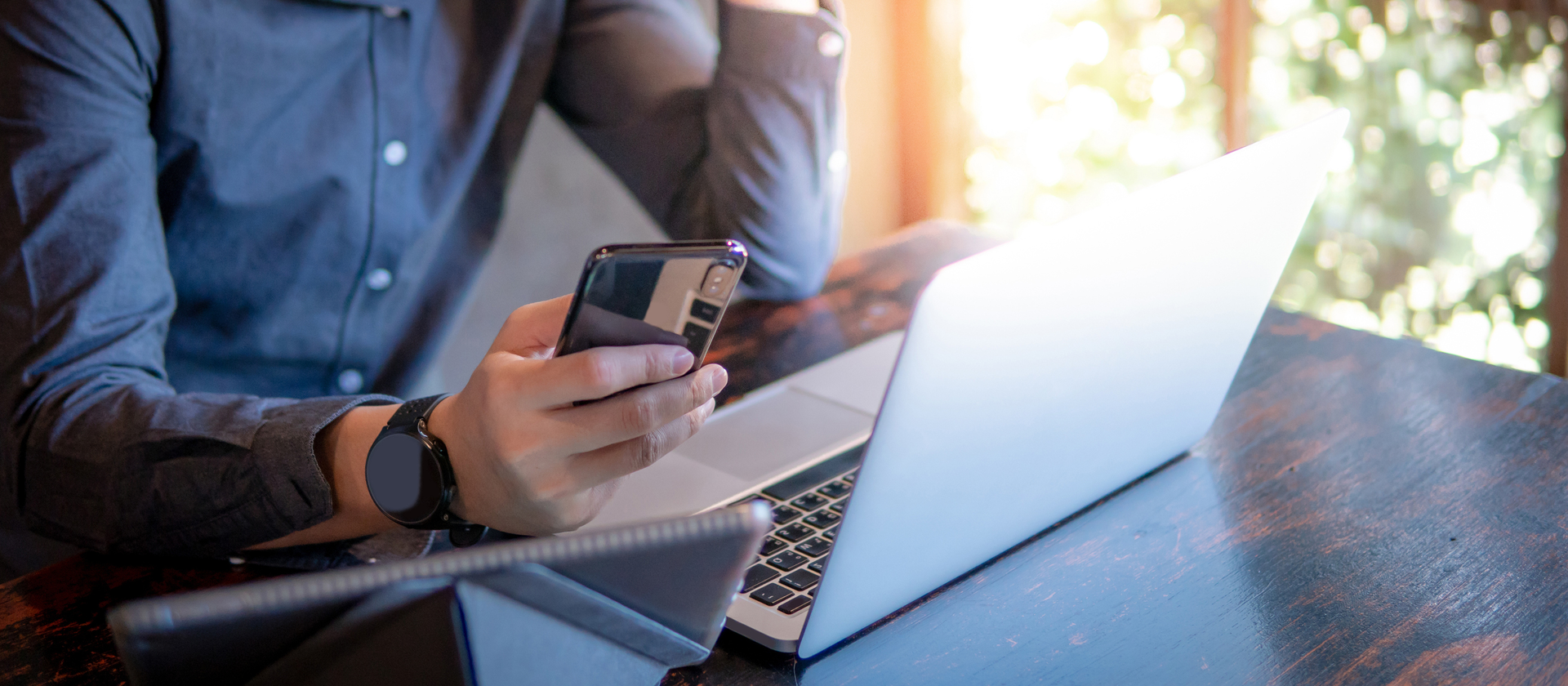My family had barely finished eating Thanksgiving dinner late Thursday afternoon when the news showed Black Friday shoppers streaming into shops en masse in New York’s Herald Square. It was almost biblical: newly liberated shoppers crossing over into the promised land of discounts and deals. But that isn’t how most Black Friday and Cyber Monday are doing shopping anymore. And that makes a lot of sense. Do you want to spend they day after Thanksgiving getting into a wrestling match with someone in a department store, only to have some bystander take a video and broadcast your foolishness to the entire Internet, to your eternal shame?
There’s a better way. And a safer way.
Black Friday Shopping is Mostly Online…
And on mobile phones. According to Adobe’s recent survey, over 36 percent of Black Friday and Cyber Monday purchases have been on mobile phones, with over 24 percent growth year over year. What’s even more impressive is that over 58 percent of visits to retail sites come from smartphones. People are getting through their Turkey hangovers by browsing on their phones, and making purchases there.
Another strong showing is BOPIS—Buy Online, Pick Up in Store. Perhaps to avoid shipping fees, more and more customers are turning to this option. According to Adobe, while only 55 percent of retailers offer this service, 94 percent of the retailers agree this option gives them an edge over stores with merely an online presence.
…And it’s Not Showing Signs of Slowing Down
Just in time for the holiday rush, Adobe released a survey detailing the perspectives of 400 retailers on their views on the holiday season, which is overall positive. 66 percent of retailers are expecting this season to be more profitable than last year, an interesting conclusion given that Thanksgiving fell later this year, reducing the shopping season by six days. A lot of these retailers — 56 percent, to be exact — are investing heavily in in-store experiences. And they may stand to reap the benefits with increased sales.
I spoke with Vivek Pandya, lead data analyst at Adobe, who discussed the implications of the report. “So what we’re finding is the continuity of experience, and some of that is getting research and guidance online and when you come in store, you can purchase the product.” This reinforces the high and increasing BOPIS numbers, and tie into the importance of creating a relevant in-store experience through AR and other means. “Apps are very important to consumers so they can scan the product and get the product details, which helps drives that purchase cycle through the store experience,” Pandya continued.
Jason Woosley, VP of commerce at Adobe, had some advice for brands. “Brands should continue optimize for mobile as smartphones will account for 47% of the overall holiday growth, and Americans will spend $14B more this season on their phones. On Christmas Day, consumers will purchase more from their phones (47% of purchases) than desktops, for the first time ever.”
What Does This Mean For Marketers?
Relevance, relevance, relevance is the name of the game. This is no time to waffle on message or targeting. Your customer, from now until the second week of January, will be bombarded nearly every moment of every day with messages screaming for their business. If you’ve had a bad quarter, or two, or even a whole year, this is your time to shine. You can turn a bad quarter around with an excellent performance during the last few weeks of the calendar year. Customers are looking for relevance, especially when it comes to in-store experience. If you don’t have a physical store, then make your message as relevant and personalized as possible.
Cyber Monday is almost over, but it is certainly not too late. Three major religious holidays are around the corner, and people are getting bonuses, raises, and taking vacations. People are visiting friends and families, and they’re going to spend. Money is to be had. Make sure you’re getting some by reaching your customers with the right messaging.








